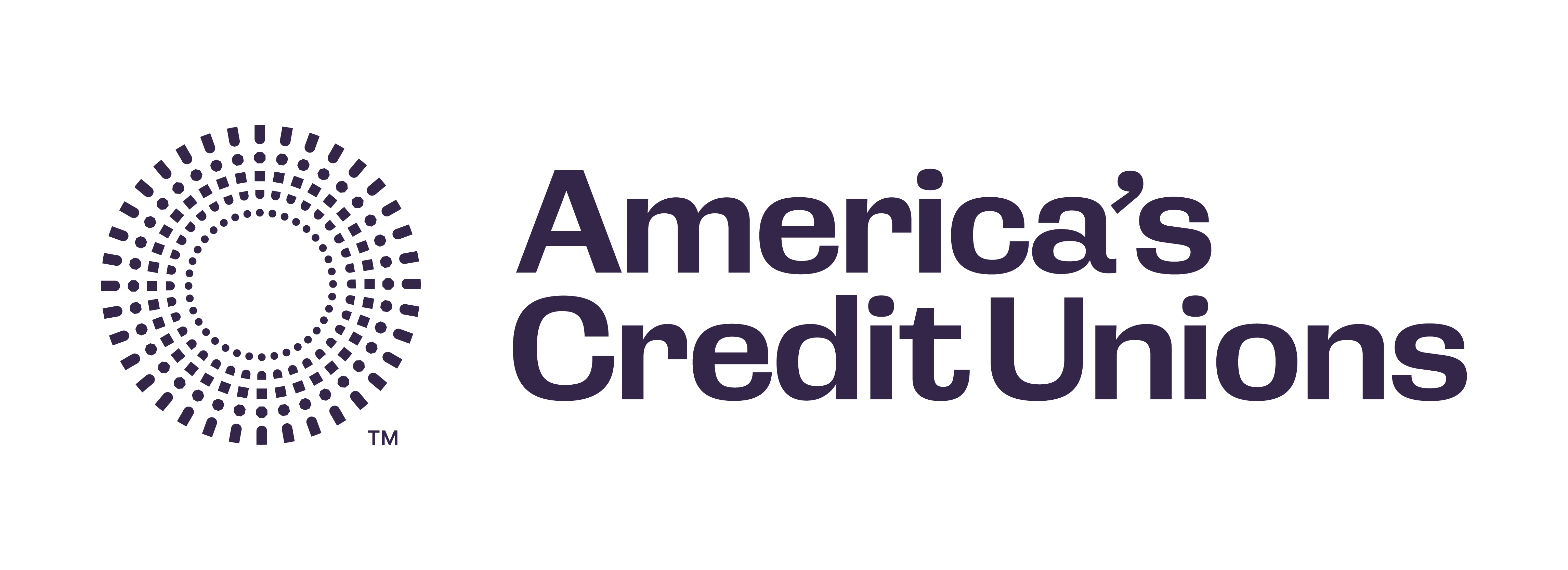Newsroom
March consumer credit growth shows largest gain since December 2010
 Total consumer credit rose 14 percent, at a seasonally adjusted, annualized rate, in March and is up 7.5 percent compared to a year ago. Revolving credit - primarily credit cards - rose 35.3 percent this month and is up 13.6 percent compared to March 2021. Non-revolving credit – primarily auto loans and education loans – rose 7.4 percent this month and is up 5.7 percent from a year ago.
Total consumer credit rose 14 percent, at a seasonally adjusted, annualized rate, in March and is up 7.5 percent compared to a year ago. Revolving credit - primarily credit cards - rose 35.3 percent this month and is up 13.6 percent compared to March 2021. Non-revolving credit – primarily auto loans and education loans – rose 7.4 percent this month and is up 5.7 percent from a year ago.
“Consumer credit growth saw its largest gain since December 2010, rising by over $52 billion,” said NAFCU Chief Economist and Vice President of Research Curt Long, in the latest Macro Data Flash report. “Revolving debt surged by over 35 percent in March on an annualized basis. Despite the rise, outstanding revolving debt is still just shy of its February 2020 level.
"Had the pre-COVID trend held, revolving debt would be roughly 7 percent higher than its actual level today," added Long. "The March spike likely reflects the recent surge in inflation – particularly in gas prices – that is taking a toll on household finances.”
Total consumer credit for credit unions rose 1.4 percent, on a seasonally adjusted basis, in March, compared to a 1.6 percent gain for banks and 0.7 percent decrease for financial companies. From a year prior, total consumer credit at credit unions rose 8.7 percent, while banks experienced a 12.8 percent gain and financial companies rose 2.0 percent.
Over the past 12 months, credit unions’ share of the market rose 0.1 percentage points to 12.2 percent. Banks’ share rose by 1.9 percentage points to 41.1 percent, and financial companies' share fell by 0.6 percentage points to 12.9 percent.
“According to the Federal Reserve's first quarter survey of bank lending officers, banks eased standards on credit card loans during the quarter with a significant net share reporting stronger demand,” added Long. "The non-revolving segment decelerated due to continued low auto inventories crimping sales.
"Despite rising interest rates, NAFCU expects non-mortgage consumer debt to expand at a solid pace over the remainder of the year due to high inflation and spare borrowing capacity on household balance sheets," concluded Long.
For more up-to-date economic insights from NAFCU's award-winning research team, view NAFCU's Macro Data Flash reports.
Share This
Related Resources
Add to Calendar 2024-06-26 14:00:00 2024-06-26 14:00:00 Gallagher Executive Compensation and Benefits Survey About the Webinar The webinar will share trends in executive pay increases, annual bonuses, and nonqualified benefit plans. Learn how to use the data charts as well as make this data actionable in order to improve your retention strategy. You’ll hear directly from the survey project manager on how to maximize the data points to gain a competitive edge in the market. Key findings on: Total compensation by asset size Nonqualified benefit plans Bonus targets and metrics Prerequisites Demographics Board expenses Watch On-Demand Web NAFCU digital@nafcu.org America/New_York public
Gallagher Executive Compensation and Benefits Survey
preferred partner
Gallagher
Webinar
Add to Calendar 2024-06-21 09:00:00 2024-06-21 09:00:00 2024 Mid-Year Fraud Review Listen On: Key Takeaways: [01:16] Check fraud continues to be rampant across the country. Card fraud is affecting everyone. [04:31] Counterfeit US passport cards are just another new toolbox in the bad actors’ toolbox. [07:21] Blocking the fallback is the only way to defeat counterfeit cards. [11:17] The best way is constant education to your members in as many channels as you can. [13:02] We are still seeing overdraft lawsuits. Make sure the programming you have at your credit union matches what you have displayed for the members. Web NAFCU digital@nafcu.org America/New_York public
2024 Mid-Year Fraud Review
Strategy & Growth, Consumer Lending
preferred partner
Allied Solutions
Podcast
Add to Calendar 2024-06-21 09:00:00 2024-06-21 09:00:00 The Evolving Role of the CISO in Credit Unions Listen On: Key Takeaways: [01:30] Being able to properly implement risk management decisions, especially in the cyber age we live in, is incredibly important so CISOs have a lot of challenges here. [02:27] Having a leader who can really communicate cyber risks and understand how ready that institution is to deal with cyber events is incredibly important. [05:36] We need to be talking about risk openly. We need to be documenting and really understanding what remediating risk looks like and how you do that strategically. [16:38] Governance, risk, compliance, and adherence to regulatory controls are all being looked at much more closely. You are also seeing other technology that is coming into the fold directly responsible for helping CISOs navigate those waters. [18:28] The reaction from the governing bodies is directly related to the needs of the position. They’re trying to help make sure that we are positioned in a way that gets us the most possibility of success, maturing our postures and protecting the institutions. Web NAFCU digital@nafcu.org America/New_York public
The Evolving Role of the CISO in Credit Unions
preferred partner
DefenseStorm
Podcast
Get daily updates.
Subscribe to NAFCU today.
